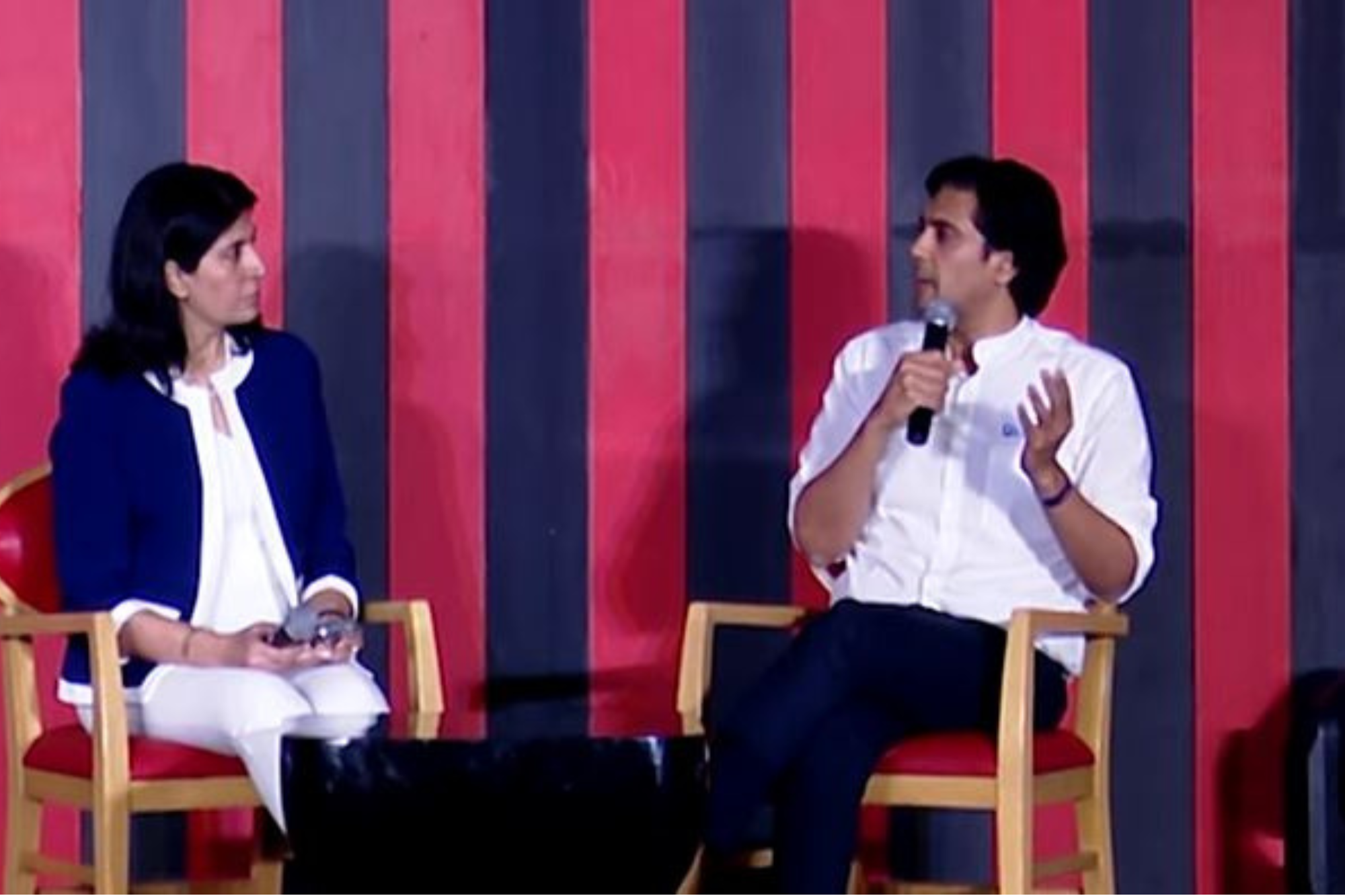The Technological Tillers in the World of the Digital User Interface We are now living in a world where digital fabrication and advanced manufacturing are a reality and not a fantasy.
By Tanmay Shah •
Opinions expressed by Entrepreneur contributors are their own.
You're reading Entrepreneur India, an international franchise of Entrepreneur Media.

Imagine a world where cars come without steering wheels. Chances are that your imagination conjured up a futuristic world where self-driving cars no longer require human intervention, and therefore the need for steering wheels is redundant. Yet, most surprisingly, for the first eight years after cars were invented, they did not have the now-ubiquitous wheel in the driver's seat. The earliest automobiles took inspiration from their vehicular cousin - the boat.
One of the most common ways to navigate a boat was by means of a tiller at the back: a lever attached to the rudder that could be moved on either side. Moving the tiller left made the boat turn right, and vice versa. This works perfectly well for boats, but when the same tiller was attached to the axle of newly invented cars, the results were slightly unexpected. The counterintuitive logic of navigation at the much higher speed of a car caused widespread confusion and even accidents.
It was only after the invention of the steering wheel that cars could gain widespread acceptance and a heightened rate of innovation. UI expert Scott Jenson drew on the lessons from this anecdote from history to introduce the concept of a "technological tiller" at his CHI 2014 talk: a paradigm shift through the invention of new technology requires a radically different approach to design and problem-solving. Applying the rules of the familiar old paradigm to a new world often results in inefficient, infeasible and even absurd results.
Digitally Inclined Technological Tillers
Jenson focused his talk on technological tillers in the world of the digital user interface. With the advent of touchscreens, the early developers simply carried forward the operating systems that ran on desktop computers over to the new tablets, and most even added physical keyboard buttons to tiny touch phones. Of course, the new paradigm was that of using fingers as a means of natural user interface and input, and a complete overhaul of the old designs was in order. Applications, or apps as they are commonly known, are a result of this fundamental rethink.
Industrial Revolution Wave
Look around and you will find tillers all around you, even in the physical realm. Product design and engineering have over decades now forced upon the world objects that follow strict guidelines. Straight edges, circular holes, planar surfaces and inorganic aesthetics - products of daily use all seem to look the same. Tables, chairs, computers, mobile phones, doors and doorknobs, all of these and more are bound by the realities and limitations of the same old paradigm - mass manufacturing. The industrial revolution gave us the ability to exponentially scale the productivity of workers, create goods faster, cheaper and better, and distribute them worldwide from central hubs. This was great because it made the entire world better off and improved the standard of living, but at what cost?
The Old versus the New
Mass manufacturing took away the ability to keep an individual consumer's needs and requirements in mind and design unique, customised products that could also be made quickly and affordable. Personalised products have always been considered a luxury - something that was only meant for the rich and famous. I'd like to argue that this paradigm is now changing, and changing fast. We are now living in a world where digital fabrication and advanced manufacturing are a reality and not a fantasy.
Strong Paradigm Shift
These new technologies are available and powerful enough to change the rules of the world of manufacturing, and yet this is the perfect setting to observe the technological tiller effect. New ways of making objects that have wiped out all prior constraints on shape, size, geometry, and flexibility are still being used only sparingly for solving problems in new ways. The classic example used in this field is that of bottle caps. A water bottle cap that has been optimised over years to be made through the process of injection molding for a few cents each will never be overtaken by 3D printed bottle caps of the same shape. And yet, companies across the world are rejecting advanced processes when they wrongly compare old designs on new technologies.
"Personalisation' is the New Tiller
The "steering wheel' equivalent of the physical world is going to be an entire range of fully customisable products that a user can modify herself, giving high degree of control on design, material, colour and other parameters - all of which could be immediately manufactured-on-demand at a nearby digital fabrication studio and shipped out - at a price point that is comparable to today's mass-manufactured goods. The old constraints of design limitations and standardization are a tiller that needs to go.
What's in store for the future?
What this means for entrepreneurs is an absolutely new playground to explore in terms of business model innovation, new product ideas, and supply chain reinvention. Consumers are screaming out for products made just for them and concepts that speak straight to their heart, and now there are ways to fulfill this demand if only we change the way we apply technology in tandem with traditional processes. Clothes, shoes, accessories, houses, jewelry, medicine, education… the list is endless. Take your pick and solve problems within the new paradigm.












